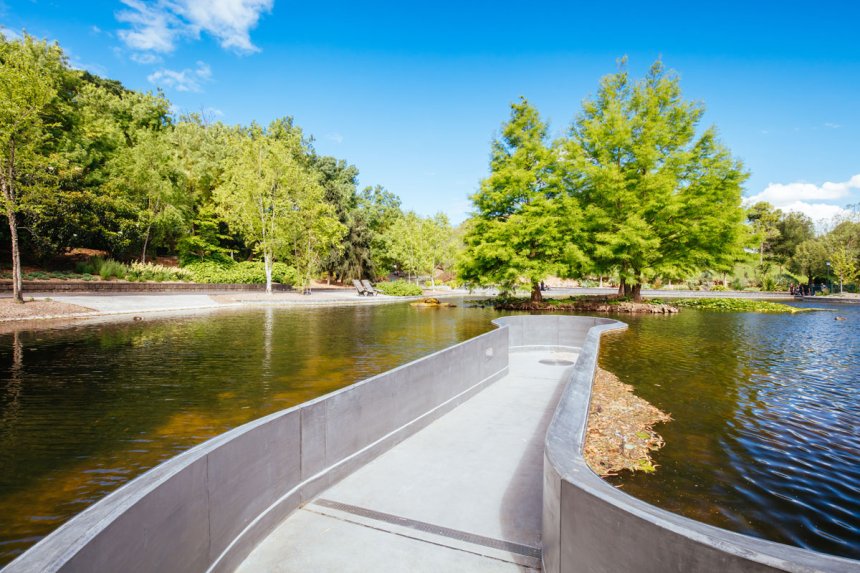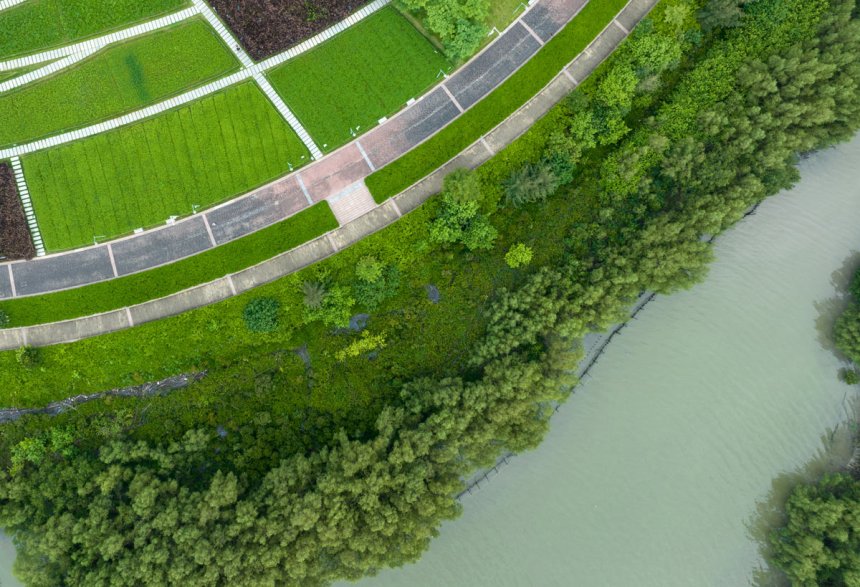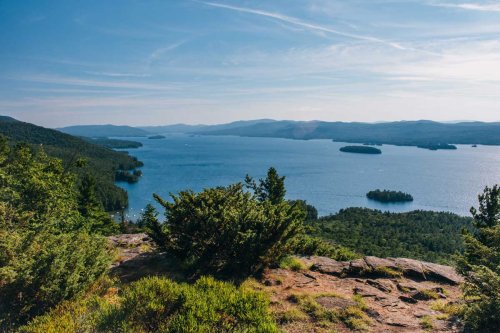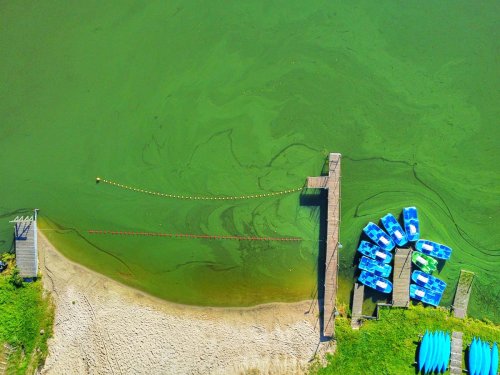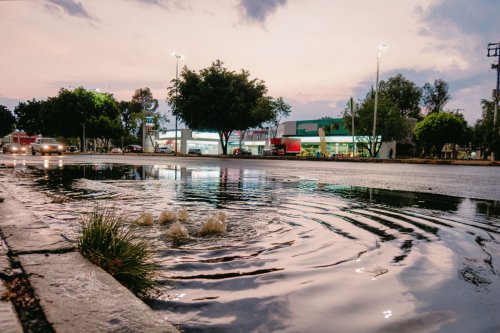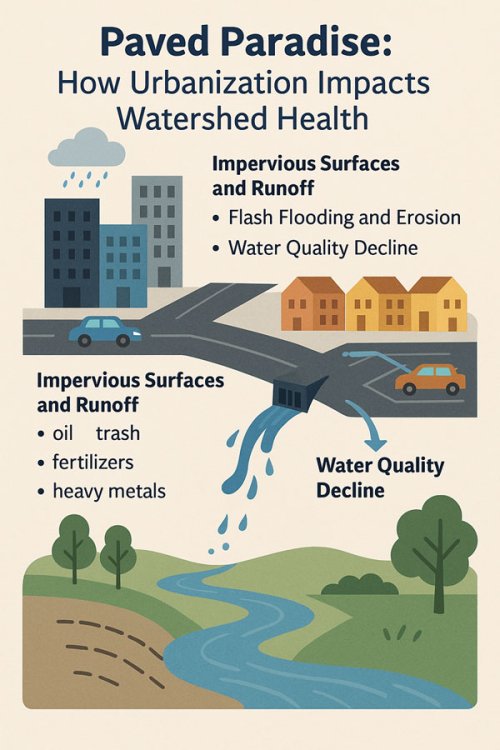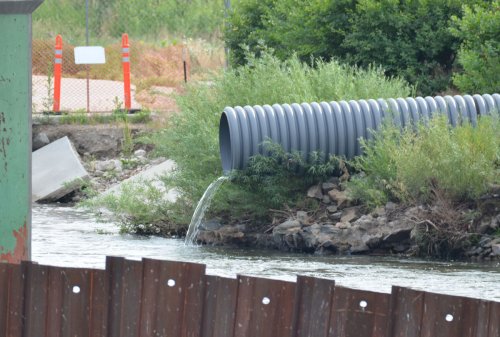Key Elements of Green Infrastructure: An In-Depth Overview
Green infrastructure is a dynamic, multifaceted approach to urban water management. By incorporating elements like rain gardens, bioswales, green roofs, and permeable pavements, municipalities can meet MS4 permit requirements, reduce pollution, and create healthier, more resilient communities. Investing in green infrastructure is not only an environmental imperative but also a cost-effective strategy for long-term urban sustainability.
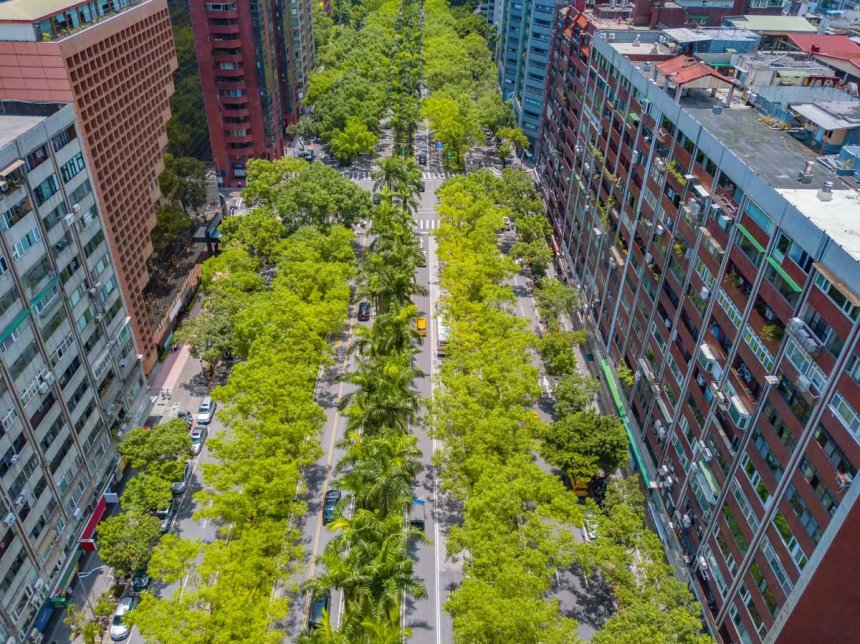
Green infrastructure is a vital tool for cities and municipalities seeking to manage stormwater, enhance water quality, and improve urban livability. Unlike traditional gray infrastructure, which conveys water through pipes and channels, green infrastructure uses natural systems to mimic hydrologic processes. This approach delivers multiple environmental, economic, and social benefits. Below are the key elements of green infrastructure, each contributing uniquely to sustainable urban water management.
Rain Gardens
Rain gardens are shallow, vegetated depressions designed to capture and infiltrate runoff from impervious surfaces such as rooftops, sidewalks, and parking lots. These gardens use engineered soil, mulch, and native plants to slow the flow of water, filter out pollutants, and recharge groundwater. Rain gardens are especially effective at removing nutrients, sediments, and heavy metals from stormwater.
Use Case: Residential developments, municipal buildings, and parks often integrate rain gardens to manage runoff and add aesthetic value.
Bioswales
Bioswales are linear channels filled with vegetation, compost, and permeable soils. They are designed to direct and filter stormwater while promoting infiltration. Unlike conventional ditches, bioswales reduce runoff velocity, trap debris, and remove pollutants through biological uptake and soil filtration.
Use Case: Roadways, parking lots, and commercial areas use bioswales to intercept and treat runoff along travel corridors.
Green Roofs
Green roofs are vegetative layers installed on building rooftops. They consist of a waterproofing membrane, drainage layers, lightweight soil, and hardy plants. Green roofs absorb rainfall, reduce building energy use, and lower urban temperatures by mitigating the heat island effect.
Use Case: Municipal buildings, schools, and apartment complexes can install green roofs to manage stormwater at the source and improve energy efficiency.
Permeable Pavements
Permeable pavements allow rainwater to pass through the surface into an underground reservoir or soil, rather than running off into storm drains. Types include porous asphalt, pervious concrete, and interlocking pavers. These systems reduce peak flows and improve water quality.
Use Case: Sidewalks, parking lots, and low-traffic streets are ideal candidates for permeable paving systems.
Urban Forests and Tree Canopy
Trees intercept rainfall, promote evapotranspiration, and improve infiltration through their root systems. Urban forests enhance air quality, reduce heat, and provide habitat for wildlife. The canopy helps slow rainfall, reducing the volume and speed of runoff.
Use Case: Street trees, parks, and green corridors contribute to both stormwater management and urban beautification.
Constructed Wetlands
Constructed wetlands are engineered ecosystems designed to treat stormwater through natural wetland processes. They use wetland plants, soils, and microbes to remove nutrients, pathogens, and sediment. These systems can handle large volumes of runoff and provide valuable habitat.
Use Case: Municipal stormwater treatment projects and MS4 permit compliance programs often include constructed wetlands as a best management practice (BMP).
Riparian Buffers
Riparian buffers are vegetated areas adjacent to streams, rivers, and wetlands. They stabilize banks, filter pollutants from runoff, and provide shade that helps regulate water temperature. These buffers are essential for protecting aquatic ecosystems.
Use Case: Zoning and land use policies can preserve or restore riparian buffers as part of watershed management strategies.
Green infrastructure is a dynamic, multifaceted approach to urban water management. By incorporating elements like rain gardens, bioswales, green roofs, and permeable pavements, municipalities can meet MS4 permit requirements, reduce pollution, and create healthier, more resilient communities. Investing in green infrastructure is not only an environmental imperative but also a cost-effective strategy for long-term urban sustainability.
